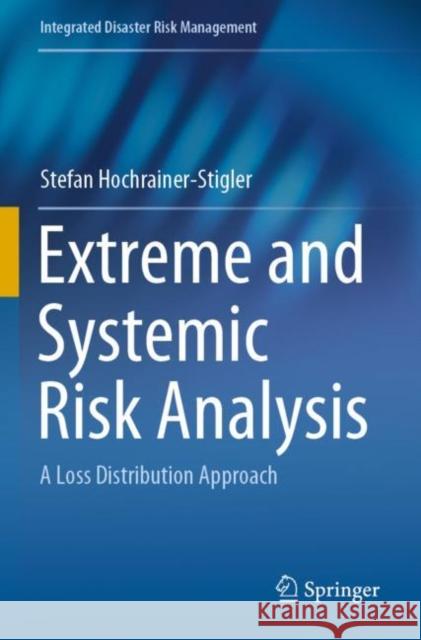Extreme and Systemic Risk Analysis: A Loss Distribution Approach » książka
topmenu
Extreme and Systemic Risk Analysis: A Loss Distribution Approach
ISBN-13: 9789811526916 / Angielski / Miękka / 2021 / 156 str.
Extreme and Systemic Risk Analysis: A Loss Distribution Approach
ISBN-13: 9789811526916 / Angielski / Miękka / 2021 / 156 str.
cena 341,34
(netto: 325,09 VAT: 5%)
Najniższa cena z 30 dni: 327,68
(netto: 325,09 VAT: 5%)
Najniższa cena z 30 dni: 327,68
Termin realizacji zamówienia:
ok. 22 dni roboczych.
ok. 22 dni roboczych.
Darmowa dostawa!
Kategorie BISAC:
Wydawca:
Springer
Seria wydawnicza:
Język:
Angielski
ISBN-13:
9789811526916
Rok wydania:
2021
Wydanie:
2020
Numer serii:
000799022
Ilość stron:
156
Oprawa:
Miękka
Wolumenów:
01











